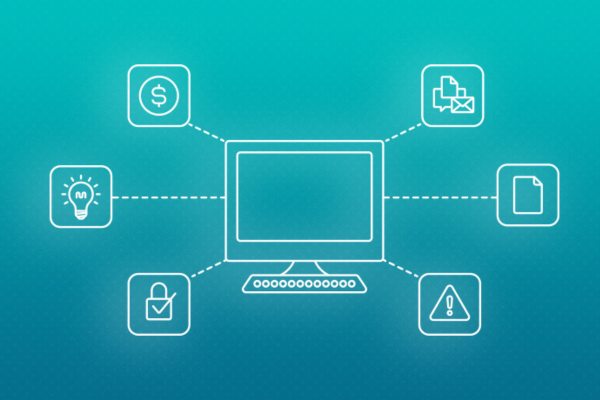Reverse Engineering
Reverse engineering is a process of analyzing and deconstructing a product, component, or system to understand its design, functionality, and manufacturing processes. The goal of reverse engineering is to obtain valuable insights and knowledge about an existing product or system without having access to its original design documentation or specifications.

Services
Reverse engineering services can offer several benefits to organizations:

Design Understanding

Product Improvement

Legacy System Maintenance

Interoperability & Compatibility

Intellectual Property Protection
Approch
Reverse engineering involves a systematic approach that includes the following steps
Product Analysis
The product or system to be reverse engineered is thoroughly examined and analyzed to understand its physical attributes, structure, and functionality. This may involve disassembly, measurements, and documentation of key features.
Data Acquisition
Various techniques are employed to capture relevant data, such as 3D scanning, laser measurement, or X-ray imaging. These methods help capture accurate geometric and dimensional information of the object.
Design Reconstruction
Based on the acquired data, the reverse engineering process focuses on reconstructing the original design and specifications of the product or system. This may include CAD modeling, surface reconstruction, and assembly modeling.
Analysis & Optimization
The reconstructed design is analyzed to identify strengths, weaknesses, and potential improvements. Finite Element Analysis (FEA), Computational Fluid Dynamics (CFD), or other simulation techniques may be utilized to evaluate performance and optimize the design.
Documentation and Prototyping
Detailed documentation, including engineering drawings, specifications, and manufacturing guidelines, is prepared based on the reconstructed design. Prototyping may also be performed to validate the accuracy and functionality of the reverse-engineered product.
It’s important to note that reverse engineering must be carried out within legal and ethical boundaries, respecting intellectual property rights and any applicable regulations. Organizations seeking reverse engineering services should engage with reputable and experienced providers to ensure confidentiality, accuracy, and compliance with legal requirements.
© 2023 Innovative Engineering Services. Designed & Developed with by The Haribol Technologies
